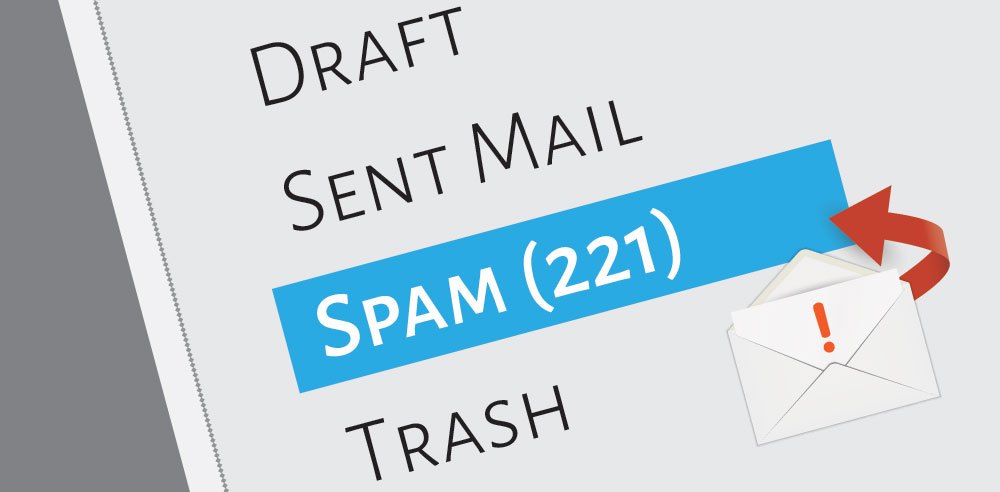Top 9 Email Marketing metrics to evaluation

Which Email Marketing metrics are most commonly used? Why evaluate the effectiveness of Email Marketing? Top 9 most important indicators for businesses.
Why do businesses need to track Email Marketing metrics?
Every Email Marketing campaign requires marketers to pay attention to track and measure whether the campaign achieves its initial goals.
Thanks to the Email Marketing evaluation indicators, businesses can also see the errors and weaknesses of the campaign, and based on that, improve in the following campaigns.
In addition, by evaluating the effectiveness of Email Marketing (mainly based on Open Rate and Click Rate), marketers can also determine what factors have kept customers and why they trust the choice. enterprise.
From there, build and develop a series of content that captures customer psychology, contributing to turning them into loyal customers.
Therefore, email marketing metrics are always used by every business. Let’s learn with CleverAds 9 most popular Email Marketing metrics!
Email Marketing Indicator #1 – Open Rate
Email Open Rate is the number of customers who opened the Email Marketing that you sent.
Email Open Rate is considered one of the most important email marketing metrics, next to Click-through Rate and Conversion Rate.
Most Email Marketing campaigns have Open Rates higher than 24%. If your business has an Open Rate lower than 24%, your campaign is not performing well and needs to be reviewed and improved.
In fact, not all emails are sent successfully, so we have the following formula to calculate the Open Rate:
Open Rate = Email opened (Email sent – Email sent failed)
Email Marketing Metric #2 – Click to Rate
The click-through rate reflects the fact that email recipients clicked on the links attached to that email.

Click-through rates are generally lower than Open Rates. The average CTR is usually around 4%, so if your campaign has a CTR higher than 4%, you’ve succeeded with this email marketing metric!
Some ways to help improve Click-through Rate:
- CTA (Call To Action) design is clear, concise, and attractive.
- Adjust the email length just right.
- Attach descriptive images to help readers easily visualize.
Formula to calculate CTR:
CTR = (Total number of clicks on links Total times of links shown) x 100%
Email Marketing metrics #3 – Conversion Rate
Conversion rate is the percentage of customers who visit the link in the email and take the action the business is driving the customer to.
Conversion rate is an email marketing indicator that helps businesses track their return on investment. Businesses can see if the budget they are investing in the campaign is working or not.
Conversion Rate calculation formula:
CR = (Total number of people who completed your desired action Total number of emails opened) x 100%
Email Marketing Indicator #4 – Bounce Rate
The email failure rate refers to the emails that were sent unsuccessfully and returned by the system.
2 main reasons why your business email is bounced:
- Causes of soft bounces: This is when the email system has temporary problems, causing sent emails to be kept on the server. But these emails will be sent again after the system fixes the problem.
- Causes of hard bounces: Is the status of the recipient’s email not existing or is it no longer active? When this situation occurs, businesses should remove this email from the list of recipients. Because the higher this Email Marketing rating is, the easier it will be for the mail system to list you in the spam email list.
Formula to calculate Bounce Rate:
Bounce Rate = (Total Emails Broken Total Emails Sent) x 100%
Email Marketing Metric #5 – Unsubscribe Rate
The unsubscribe rate is the percentage of email recipients who unsubscribe from your emails.
From this Email Marketing metric, businesses will have a closer look at the effectiveness of their campaigns and whether customers are satisfied with current email content, email frequency, and signup process.
A high unsubscribe rate means a failed email marketing campaign.
Formula to calculate Unsubscribe Rate:
Unsubscribe Rate = (Total unsubscribes ÷ Total emails sent) x 100%
Email Marketing Indicator #6 – Spam Complaint Rate
The spam complaint rate is the number of email recipients who mark your business email marketing as spam.

If this Email Marketing rating is too high and exceeds the limit, the system will disable your email account.
Marketers should always pay attention to the spam complaint index, to avoid restricted cases that affect the promotion process of the business.
The formula for calculating Spam Complaints:
Spam Complaint = (Total Complaint Accounts Total Emails Sent) x 100%
Email Marketing Metric #7 – Email Forwarding/Sharing Rate (Forward Rate/Email Sharing)
Email forward/share rate is the number of email recipients who have shared your email content on social networks, or forwarded it to their friends and relatives.
According to research, more than 74% of A user’s purchase decision is influenced by the social media posts of friends and relatives.
Therefore, focusing on measuring effectiveness with this Email Marketing evaluation index can help businesses increase the number of customers who know and support the brand.
The formula for calculating Forward Rate/Email Sharing:
Spam Complaint = (Total share/forward clicks ÷ Total emails sent) x 100%
Email Marketing metrics #8 – Average revenue per email sent
The average revenue per email helps businesses see the effectiveness of each email they send.
While not every email will bring in revenue for the business (welcome email or notification email), businesses can still look at these email marketing metrics to track the progress of the campaign.
Formula to calculate Average Revenue Per Email Sent:
ARPES = (Total Email Revenue Total Email Sent) x 100%
Email Marketing Indicator #9 – Overall ROI (Overall Return On Investment)
Overall ROI measures the total amount of business revenue you receive from your email marketing campaign.

This is the last but extremely important Email Marketing evaluation indicator, which largely determines whether your Email Marketing campaign is successful or not.
Email Marketing is considered the form of Digital Marketing that has the ability to bring the highest ROI, compared to all other forms of Digital Marketing.
Overall ROI formula:
Overall ROI = (Increase in Sales – Campaign Investment Cost) Campaign Investment Cost x 100%
Read more: Full-Service Marketing: What is it and how to implement it?
Conclusion
Through the top 9 above, CleverAds hopes to help your business determine the email marketing metrics that hold your success.
CleverAds is always ready to provide an extremely effective 2-in-1 Email Marketing service: implementing Email Marketing campaigns and measuring and reporting Email Marketing metrics.
Contact CleverAds as soon as possible to receive the offer!


